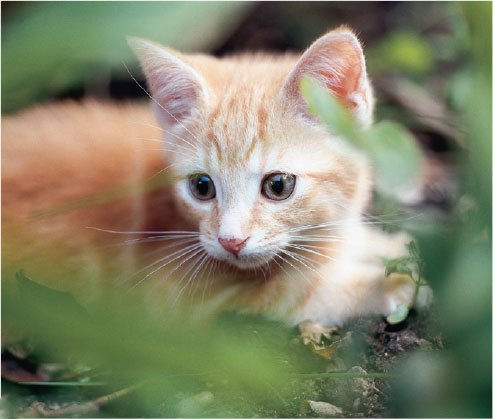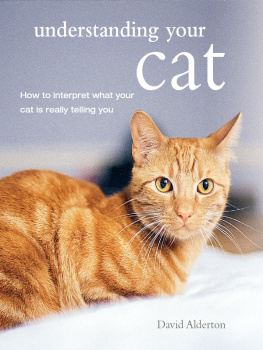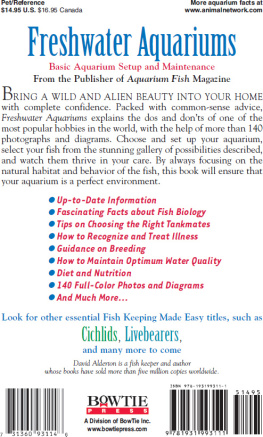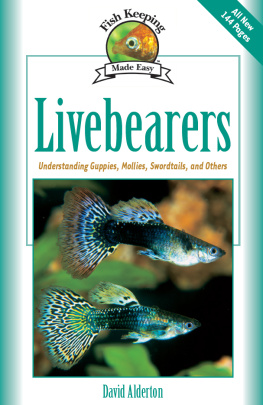understanding your
Cat
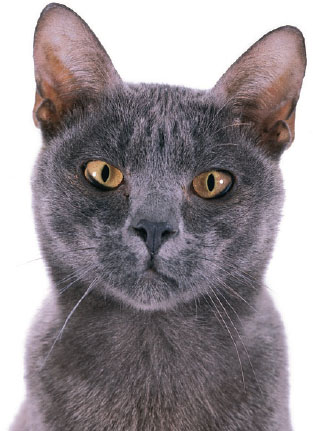
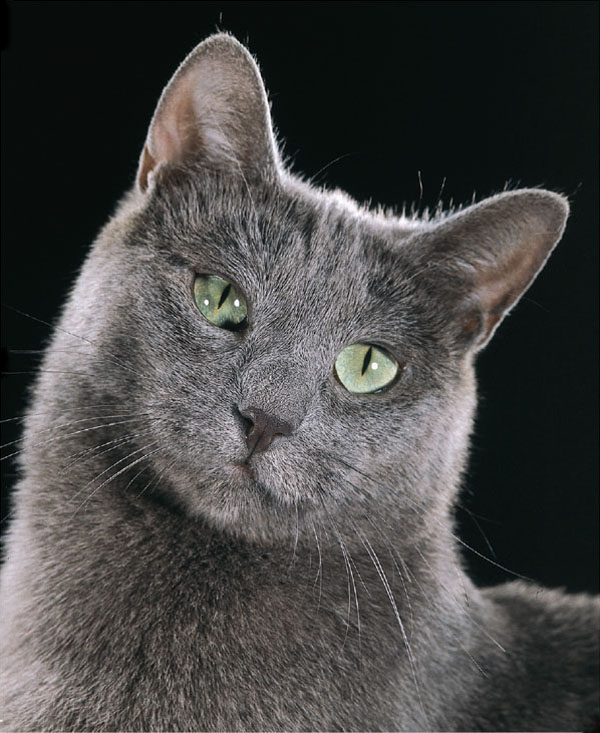
understanding your
Cat
How to interpret what your dog
is really telling you
David Alderton

www.rylandpeters.com
This edition published in 2016 by CICO Books
An imprint of Ryland Peters & Small Ltd
2021 Jockeys Fields, London WC1R 4BW
341 E 116th St, New York, NY 10029
www.rylandpeters.com
10 9 8 7 6 5 4 3 2 1
First published in 2007 under the title Your Cat Interpreter
Text David Alderton 2007, 2016
Design CICO Books 2007
Photography see Acknowledgments,
The authors moral rights have been asserted.
All rights reserved. No part of this publication may be reproduced, stored in a retrieval system, or transmitted in any form or by any means, electronic, mechanical, photocopying, or otherwise, without the prior permission of the publisher.
A CIP catalog record for this book is available from the Library of Congress and the British Library.
ISBN: 978-1-78249-393-8
NOTES TO OUR READERS
The advice given here should not be used as a substitute for that of a qualified veterinarian. No cats or kittens were harmed in the making of this book.
In this book, unless the information given is specifically for male cats, cats are referred to as she. The information is equally applicable to male and female cats, unless otherwise specified.
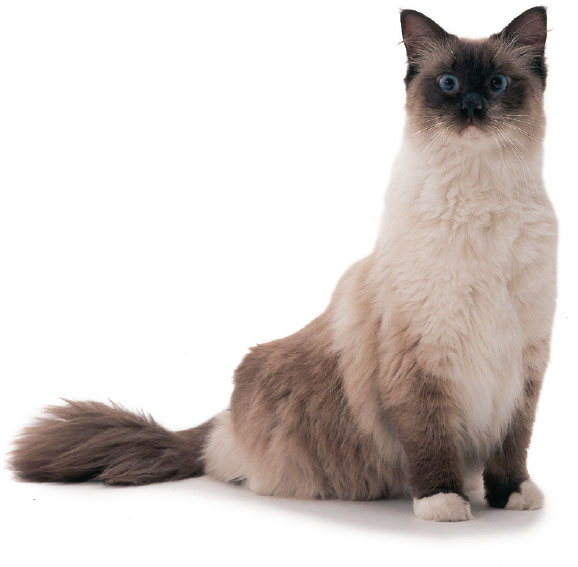
Contents


Fascination
with Felines
Our relationship with cats has lasted for at least 5,000 yearsand possibly much longer. At the outset, in ancient Egypt, it was based on mutual benefit. The growth of agriculture meant that large quantities of grain and other food was stored in one place, and this soon attracted rodents. The hunting abilities of the wildcat helped to control the threat of rodents and so, in turn, the presence of the cats was tolerated. Gradually, the wildcats natural caution of people was overcome, and domestication took root as cats started to move into homes in search of shelter.
The bond in those early days was probably every bit as strong as it is todaycat-owners would even shave off their eyebrows as a sign of respect and mourning when a cherished pet died. A cult worshiping cats in all their guises became established in ancient Egypt and lasted for some 2,000 years.
The subsequent relationship between cats and people was not always so straightforward, since the nocturnal nature of the cat led to links with the occult in the fifteenth century. However, by the 1700s the cats rehabilitation was largely complete. Cats have since provided inspiration for both artists and writers, fascinated by the form and character of these remarkable creatures. On a basic level, domestic cats retain many of the attributes that make their wild relatives such effective hunters. They possess a formidable array of senses, combined with natural athletic prowess and remarkable coordination. Despite this, they are quite content to share our homesand the fact that we know they could survive quite well on their own without us, but actively choose to remain, makes the relationship more meaningful.
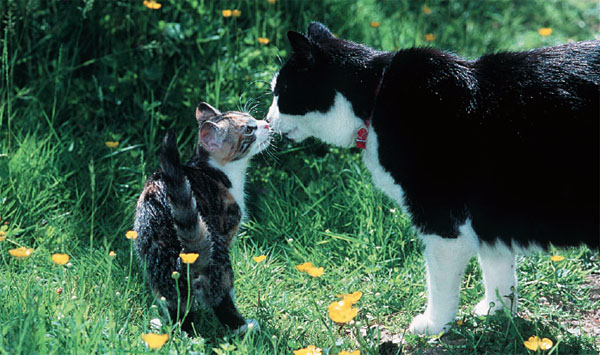
In the past, domestic cats regularly had to roam and hunt for their own food outdoors. Prepared cat foods are a relatively recent development, dating back less than a century.
The Image Of The Cat
The resourceful, adaptable, and intelligent nature of cats was appreciated at an early stage in history. It is perhaps best summarized in the popular European fairy tale Puss in Bootsalso sometimes known as The Master Cat. This formed one of eight popular childrens tales (also including Cinderella and Little Red Riding Hood) that together were published in France in a book entitled Stories or Tales from Times Past, with Morals. Even thenin 1697these stories were well-known in Europe, but Charles Perraults retelling of them in this form struck a sympathetic chord with readers. It is rather ironic, perhaps, that Perraultwho lived from 1628 until 1703is best-known for these stories today, although he was a leading academic of the period, and published this volume originally under the name of his son, Pierre.
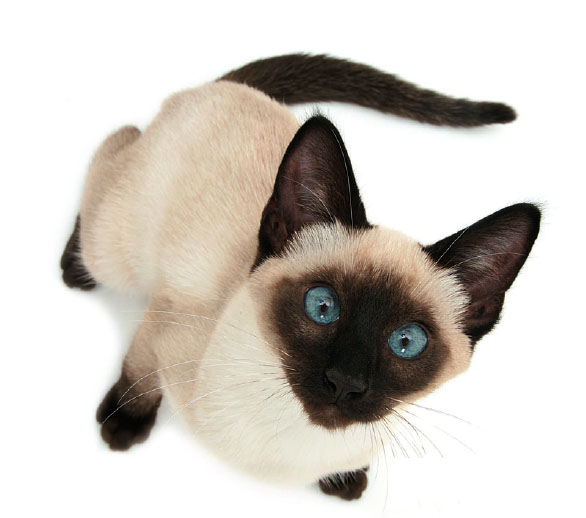
The colorpoint pattern was established in Asia centuries ago.
The Story Of Puss In Boots
A miller had three sons and when he died, his eldest son inherited the mill, while his second son was left the donkey. The millers cat was given to the youngest son, who felt rather let down by this considering the value of what his brothers had received. Nevertheless, the cat was able to talk, and reassured the young man. He asked for a hat, cloak, and boots, as well as a bag, and before setting off to hunt he promised to help his new master become rich.
The cat soon caught a fat rabbit andunbeknown to his ownerheaded off to the nearby Kings castle where he left the rabbit as a gift. Each day he returned with a similar offering, which he gave to the King saying they were from his master, the Marquis of Carabas. Before long, the Marquiss reputation as a man of generosity had spread, but no one knew who he was.
One day, the Queen summoned his messenger and asked if the Marquis was young and handsome, to which the cat replied that he was, adding that he was also a very wealthy man. The cat then invited the King and Queen to visit the Marquis at his castle. When he told the millers son what had been arranged the poor young man was horrified, but the cunning cat knew what he doing. He arranged for his master to strip off and swim in the river, just as the royal coach was approaching. It seemed that this would be a disaster because the millers son was unable to swim, but as the royal coach came near the cat called out that the Marquis was drowning. The Kings men rushed to rescue him, and fine new clothes were brought for him to wear. It was love at first sight for the Princess, who was traveling with her parents. She wanted to marry the eligible young Marquis immediately, but first the courtiers determined to find out his true wealth.
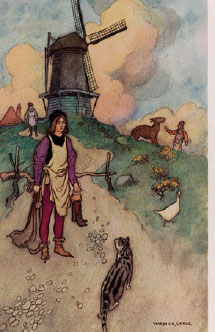
In the seventeenth century, the tale of Puss in Boots was already well known in Europe.
